- IOTA and Shimmer are both distributed ledger technologies (DLTs) that were designed specifically for the Internet of Things (IoT).
- IOTA was the first DLT to be designed for the IoT. It uses a directed acyclic graph (DAG) data structure instead of a blockchain.
- Shimmer is a new DLT that was built on top of IOTA. It is designed to be more scalable and efficient than IOTA, and it also supports smart contracts.
What is the difference between IOTA and Shimmer?
IOTA and Shimmer are both distributed ledger technologies (DLTs) that were designed specifically for the Internet of Things (IoT). However, there are some key differences between the two platforms.
IOTA
IOTA was the first DLT to be designed for the IoT. It uses a directed acyclic graph (DAG) data structure instead of a blockchain. This allows for faster and more efficient transactions, as well as the ability to confirm transactions without the need for miners. IOTA is also fee-less, which makes it ideal for small, low-value transactions.
IOTA has a number of potential use cases in the IoT space. For example, it could be used to track the movement of goods in a supply chain, to manage smart contracts, or to enable machine-to-machine payments. IOTA is still under development, but it has the potential to revolutionize the way we interact with the IoT.
Also read IOTA: A Scalable and Efficient Distributed Ledger for the IoT
Shimmer
Shimmer is a DLT that was built on top of IOTA. It is designed to be more scalable and efficient than IOTA, and it also supports smart contracts it’s also an innovation network where the community tries out the new protocol changes before they are deployed on the more conservative IOTA network. It has its own supply of tokens which are called $SMR.
Key Differences
Here are some of the key differences between IOTA and Shimmer:
- Data structure: IOTA uses a DAG data structure, while Shimmer uses a blockchain.
- Transaction fees: IOTA transactions are fee-less, while Shimmer transactions have a small fee.
- Smart contracts: IOTA does not support smart contracts, while Shimmer does.
- Scalability: Shimmer is designed to be more scalable than IOTA.
- Development status: IOTA is more mature than Shimmer, which is still under development.
Which one should you use?
If you are looking for a DLT that is designed specifically for the IoT, and that is fee-less and fast, then IOTA is a good choice. However, if you need a DLT that is more scalable and supports smart contracts, then Shimmer is a better option.
Most Asked Questions
Here are some of the most asked questions about IOTA and Shimmer:
- What is the difference between IOTA and tangle?
IOTA and tangle are two names for the same thing. Tangle is the name of the underlying technology that IOTA is built on.
- What is the difference between IOTA and iota foundation?
The IOTA Foundation is a non-profit organization that was founded to promote the development of IOTA. The IOTA Foundation is not responsible for the development of IOTA, but it does provide funding and support for the project.
- What is the difference between IOTA and iota token?
The IOTA token ( MIOTA ) is the native cryptocurrency of the IOTA network. Listed under the ticker MIOTA, IOTA’s crypto coin is available on a range of cryptocurrency exchanges, including Binance, Bitfinex and Coinone, to name a few and is used to pay for transactions on the network.
- What is the difference between IOTA and iota wallet?
An IOTA wallet is a software application that allows you to store and manage IOTA tokens. There are a number of different IOTA wallets available, both online and offline.
Conclusion
IOTA and Shimmer are both promising DLTs with the potential to revolutionize the way we interact with the IoT. However, there are some key differences between the two platforms. If you are looking for a DLT that is designed specifically for the IoT, and that is fee-less and fast, then IOTA is a good choice. However, if you need a DLT that is more scalable and supports smart contracts, then Shimmer is a better option.

